California Bill Would Cap EV Subsidies By Income

One of the bloodiest battlegrounds in the electric car wars is the topic of government subsidies for EV purchases. In the American case, it’s the $7500 federal tax credit for EVs and the various state incentives including California’s current $2500 rebate. In Europe and Asia, a variety of EV promotion schemes have frequently been the subject of acrimonious debate. Much of the disagreement arises regarding the perceived “fairness” of rebates: defenders of subsidies generally claim that they help put EVs in the hands of middle-class consumers, with critics charging that they only serve to line the pockets of the wealthy. Now one California lawmaker wants to revamp the state’s subsidy program by capping the income level for households receiving EV rebates.
The LA Times reports that State Senator Kevin de Léon of Los Angeles has introduced a bill that would restrict who is eligible to receive EV subsidies by income level. Under California’s current statute, anyone who purchases a new EV is eligible for a $2500 cash rebate on top of the $7500 federal subsidy. De Léon’s bill, which has passed the California Senate and now waits to be reviewed by the Appropriations committee, would authorize the state’s Air Resource Board to limit eligibility for the program by income. It would also increase the incentives available to middle-class and lower-income consumers. This would include $1500 for junking a “high polluting” vehicle, and $3000 for purchase of a “clean air vehicle,” in addition to the $2500 already on offer for an EV. In addition, incentives would be weighted so that residents in areas with poor air quality (such as Los Angeles) might be eligible for more money.
De Léon and the bill’s other supporters cite research showing that under California’s current system, 90% of EV subsidy recipients are households making over $100,000 a year. Almost half of Tesla Model S buyers make $300,000 a year. By shifting rebate money away from those who arguably don’t deserve it and would buy expensive cars like the Model S anyway, de Léon and the environmental groups supporting him believe they can put more EVs within reach of the middle class. It would also save money in what has turned out to be an underfunded program: thousands of people are currently on a waiting list to receive rebates after program funds ran dry. If the Air Resource Board wants to increase the portion of zero-emission vehicles on California roads to 15% of the vehicle fleet by 2025, it will certainly take more effort. As of now, EV’s make up a little more than 1% of new vehicle sales in California, with plug-in hybrids adding an additional 1%.
Although de Léon’s intentions are admirable, they’re also misplaced. California is currently the headquarters and sole manufacturing location for Tesla, the hottest EV brand on the planet. Although a rep for Tesla was quoted as saying that the company has no official position on subsidies and that “there is a fair argument that wealthy people have less of a need for rebates than others,” there’s no point in being coy. If rebates help move more Teslas off the showroom floor and into the garages of consumers, it’s a huge win for an economy that has led the country in high-tech manufacturing for decades. It’s no secret that Tesla’s bitterest critics have come from some of the states that poured hundreds of millions of dollars into attracting and subsidizing their own auto plants. The debate over EV subsidies is largely an extension of that same regionalist backslapping, where committed state boosters (especially in the Southeast) are more than willing to spit fire on industry rivals behind a fog of poorly articulated “principles.” Giving back a small rebate to some of the state’s biggest taxpayers is hardly more odious than diverting education funds for industrial recruitment.

More by J.Emerson
Latest Car Reviews
Read moreLatest Product Reviews
Read moreRecent Comments
- Flashindapan Beautiful color combinations. I assumed they stop selling the TT here at least five or six years ago.
- Carson D Just don't be the whistleblower who reports on the falsification of safety data. That's a deadly profession.
- Carson D I'd have responded sooner, but my computer locked up and I had to reboot it.
- Todd In Canada Mazda has a 3 year bumper to bumper & 5 year unlimited mileage drivetrain warranty. Mazdas are a DIY dream of high school auto mechanics 101 easy to work on reliable simplicity. IMO the Mazda is way better looking.
- Tane94 Blue Mini, love Minis because it's total custom ordering and the S has the BMW turbo engine.



















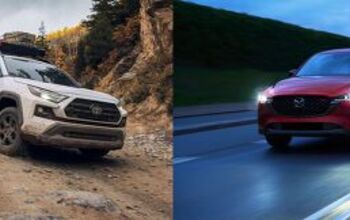
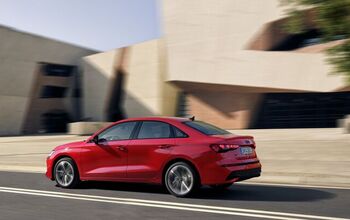
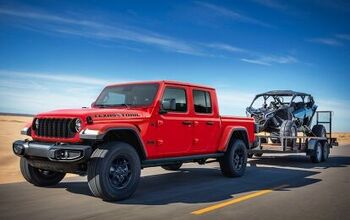


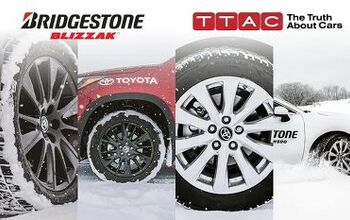



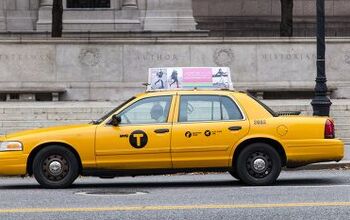
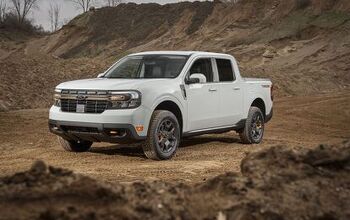
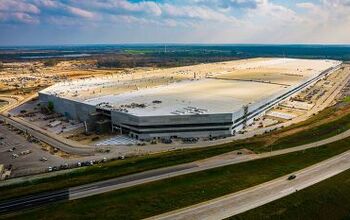
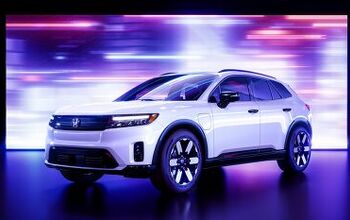


Comments
Join the conversation
Federal subsidies are already phased out for upper-income buyers. Income phaseout for California subsidies is appropriate. However, the EV credits have quite a few problems. The middle class citizens, for whom the credits are intended, rarely consider electric vehicles. The benefactors of these subsidy programs are the nearly-rich upper-income households of the top 2%-10%, who are wealthy enough to afford electric vehicles, yet "poor" enough to get most of the credit benefits. If the government is serious about reducing fuel consumption, rather than propping up EV companies, they will expand the credit/subsidy programs to cover any vehicle that meets a certain threshold or uses an alternative fuel.
Whoever said these were intended for middle class citizens? It would have been obvious at the outset that these were intended for the mildly affluent (Nissan Leaf) to the very affluent(Tesla). There are lots of unintended consequences with these tax subsidies. The more aggressive the subsidy the more wayward results you are likely to get. For example, in the fifties, France taxed cars by horsepower. Other European countries taxed by engine displacement. Fifty years later, as between Germany, France, Italy and Britain, who has the high performance car market? Assuming California wants to sharpen the system, for the next few years I would phase out the subsidy between say, $250K and $300K AGI. The top half of the market that would buy a Tesla anyhow doesn't get the subsidy. I would consider moving more to a per mile subsidy. The average gasoline vehicle effectively receives a per mile subsidy of around two cents per mile. To modestly promote electric, you would have to offer a 3 cent per mile subsidy Probably the owners would have to get their odometers checked along with their annual inspection. The subsidy would be administered with the motor vehicle tax, in the form of a credit against annual registration fees. I would make the credit "refundable" (i.e. you can get a check back) only up to $100 bucks. The advantage would be: The subsidy would be more available to used car (i.e. middle class) buyers. The subsidy would indirectly encourage third-party repair and maintenance of these vehicles as they fall off their warranties, but still get driven. They would mildly encourage the sale of more durable vehicles which has an important environmental impact. It would be administered through a tax program that is not so overburdened with these gimmicks. It would mitigate the effect of the loss of the subsidy to the wealthier drivers.